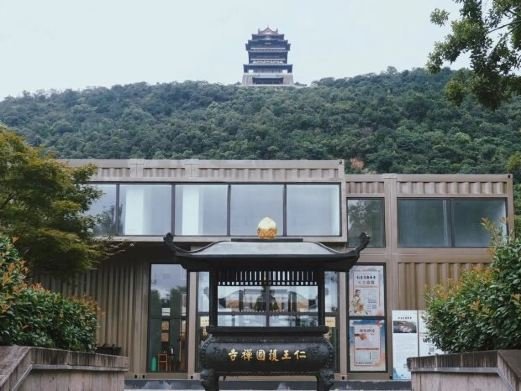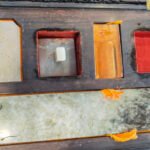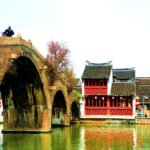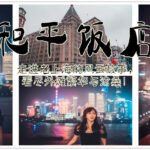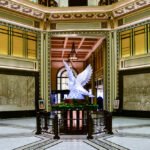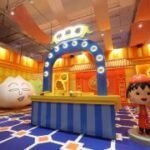Bao’en Chan Temple is located on the north bank of Tianmu Lake, featuring a unique blend of Chinese temple and Thai monastery architecture. While praying for peace and safety, visitors can also experience exotic cultures.

The temple was originally built during the reign of Emperor Wu of the Southern Liang Dynasty (502-519 AD) and was situated in Jiuxian Village, 25 kilometers northwest of Liyang City. In the fifth year of the Yuanyou period of the Song Dynasty (1090 AD), it was relocated to Huangjia Village in Liyang Town and renamed ‘Qin Gong Temple’. During the Xuanhe period (1119-1125 AD), it was known as Shenxiao Palace, and later reverted to its original name with a plaque inscribed by Prime Minister Li Gang.
During the Yuan Dynasty, Bao’en Temple flourished again. Qiu Yuan, a native of Qiantang, Zhejiang, and a professor in Liyang, wrote a poem titled ‘Inscription on the Abbot’s Chamber of Bao’en Temple’, praising Liyang as a land of many treasures, with Bao’en Temple being the jewel among them. In 1994, the temple was moved to the lakeside of Tianmu Lake, making full use of the natural environment and regional advantages at the foot of Dongling Mountain to construct a new Bao’en Chan Temple with the architectural style of Theravada Buddhism from Thailand, combined with the cultural characteristics of Mahayana Buddhism in China.
Historical relics of Bao’en Chan Temple include: a stone well curb, built in the sixth year of the Yuanhe period of the Tang Dynasty (811 AD), with inscriptions and made of mushroom stone, featuring a simple and ancient design, which was listed as a protected cultural relic in Jiangsu Province in 1957; and a stone turtle (also known as Bixi), with a volume of 7.5 cubic meters, originally used as a base for a stele, now with a newly erected stele inscribed with ‘The Record of the Reconstruction of Bao’en Chan Temple’.
Today, when viewed from a topographical perspective, Bao’en Temple resembles a master’s chair, with the mountain behind like the backrest, and the hills on both sides like the armrests. The temple has become a popular destination for tourists and a retreat for Buddhists to practice in peace. It is open all year round from 6:00 to 17:30.
